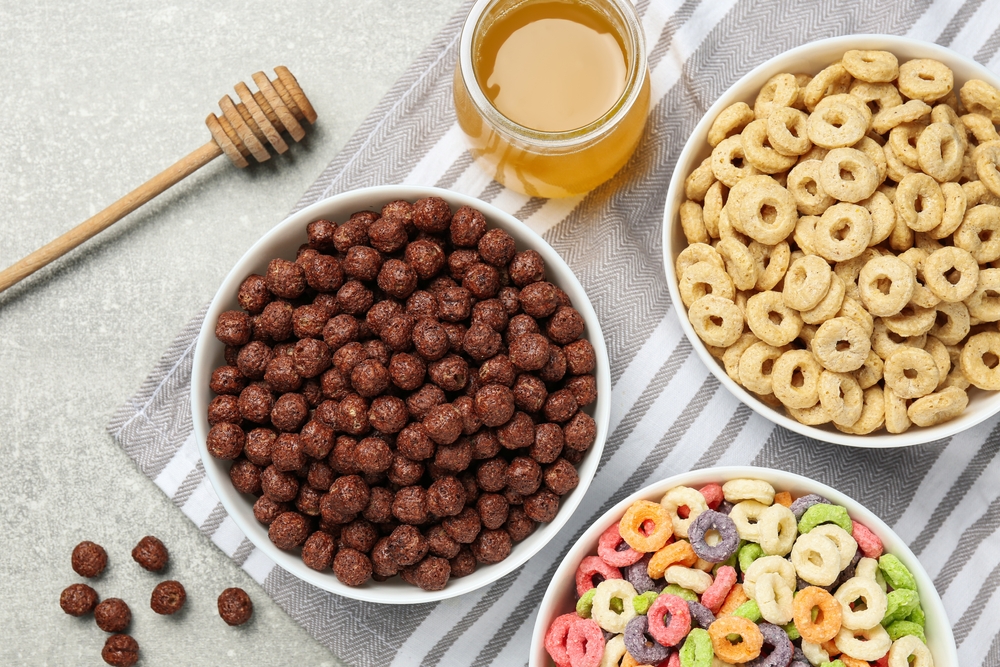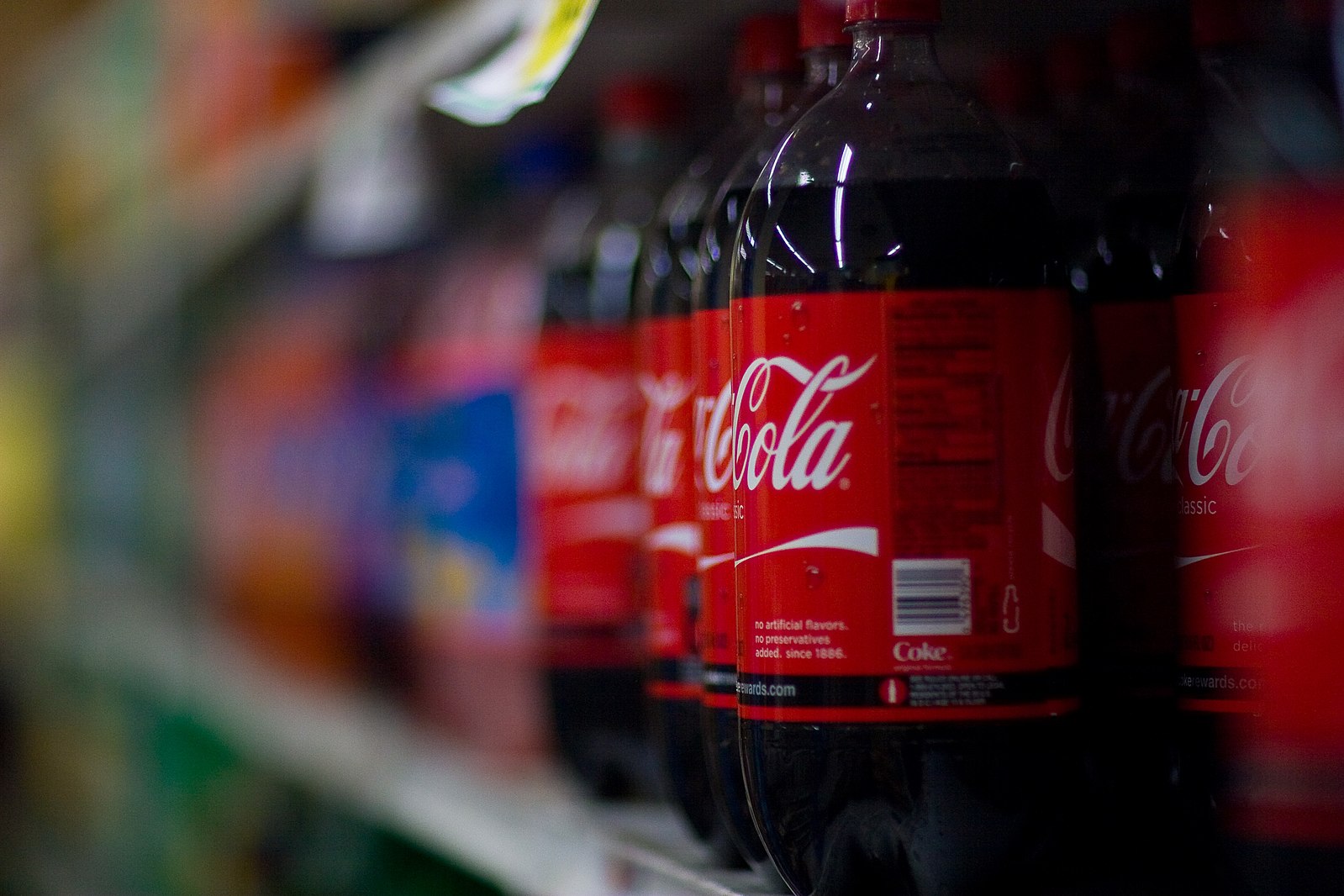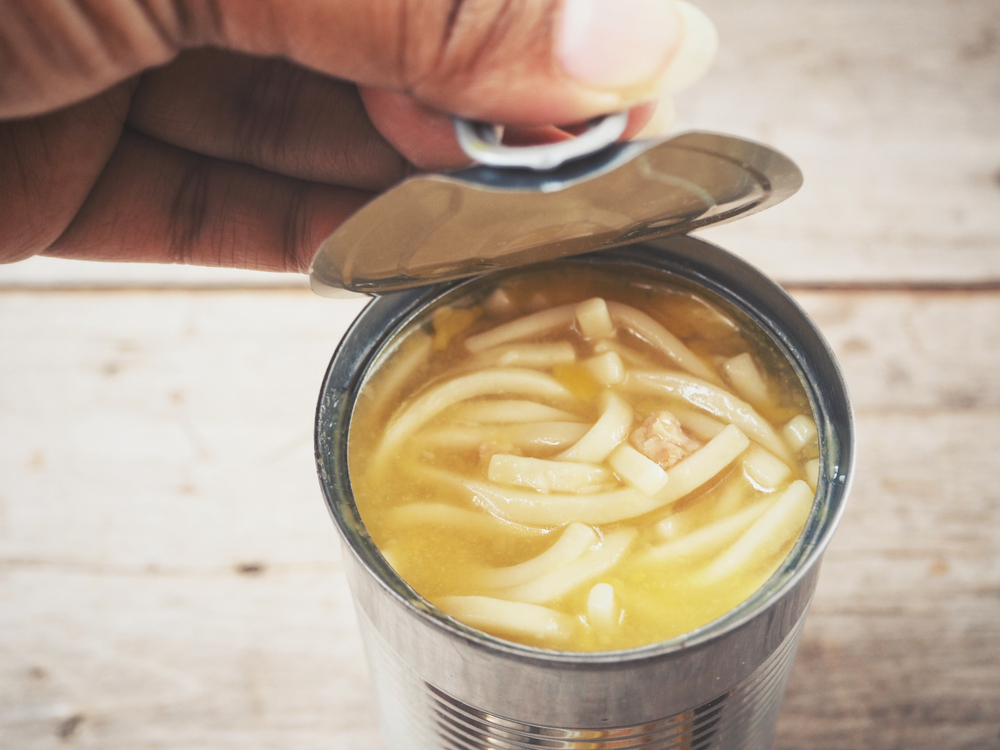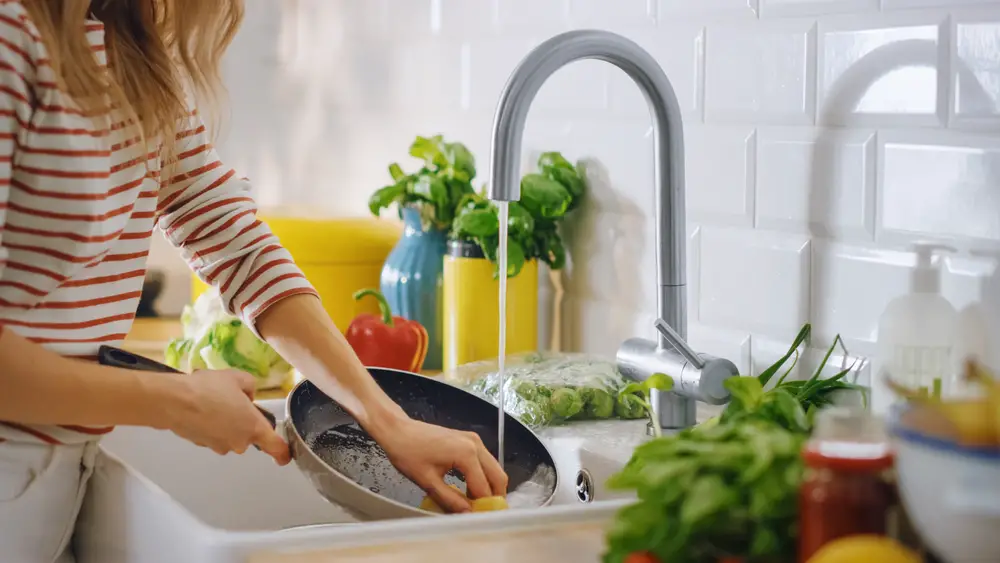In a world where inflation and supply chain disruptions seem to be the norms, it’s no surprise that we’re often left scratching our heads at the checkout counter. You might have noticed that some of your favorite products are shrinking in size while their prices remain unchanged. This phenomenon, often called “shrinkflation,” is more common than you might think. With companies looking to maintain their profit margins without raising prices, you end up getting less bang for your buck. Let’s take a closer look at some everyday items where you’re paying the same—but getting less.
1. Breakfast Cereals

Remember when a box of your favorite cereal could last the week? Today, you might find yourself reaching for a new box sooner than you used to. Many cereal brands have subtly reduced the size of their packaging while keeping the price steady. According to a study by the National Bureau of Economic Research, manufacturers often opt for this tactic to avoid alarming consumers with price increases. You may not have noticed that your breakfast staple is now a few ounces lighter. This means you’re getting less cereal per bowl, but still paying the same price as before.
Next time you’re in the cereal aisle, take a closer look at the packaging. The box might appear the same, but the net weight or volume has likely decreased. Companies rely on the fact that not all consumers read the fine print. This trend isn’t limited to cereals, as other packaged goods have also followed suit. It’s a subtle shift that can add up over time, especially if cereal is a regular part of your diet.
2. Toilet Paper

Toilet paper rolls might look the same, but they could be a little less generous than before. With the same number of rolls in a package, the actual sheets per roll have been decreasing. You’re still paying the same amount at the store, but you may find yourself running out more quickly. This change often goes unnoticed until you realize you’re shopping more frequently for the same essentials. The smaller sheet count is a classic example of how companies alter product sizes without drawing attention.
The thickness and ply of the paper might remain unchanged, providing the illusion of the same quality. However, as the number of sheets decreases, so does the product’s longevity in your household. This is a clever way that companies manage costs without causing an uproar by directly increasing prices. It’s something to be aware of, as it can impact your budget over the long run. Keep an eye on the fine print to ensure you’re not caught off guard next time you’re restocking.
3. Chocolate Bars

Chocolate lovers might have noticed their guilty pleasure isn’t as indulgent as it used to be. Many popular chocolate brands have downsized their bars while keeping the price consistent. According to an article in The Guardian, this practice became particularly noticeable a few years ago when global cocoa prices soared. Instead of charging more, companies opted to trim the size of their products. While the packaging may look the same, the reduced chocolate content means you’re enjoying fewer bites per bar.
This downsizing has not dampened the love for chocolate, but it has subtly shifted consumer purchasing habits. It’s a smart move by companies to maintain customer loyalty without facing backlash over price hikes. You might find yourself buying more bars to get the same satisfaction you used to from just one. This means more frequent trips to the store and more money spent in the long run. It’s a sweet deal for companies, but a bittersweet one for chocolate enthusiasts.
4. Soft Drinks

Your favorite soda might not be quenching your thirst quite like it used to. Some soft drink manufacturers have reduced the size of their bottles or cans without altering the price. This move allows them to keep up with rising production costs without losing market appeal. While a few ounces might not seem significant, it can add up, especially if soda is a staple in your household. You’re still paying the same price, but receiving less of the fizzy goodness that quenches your thirst.
The reduction in size might not be noticeable until you pour the drink into a glass. The volume might fall short of what you remember, leaving you wanting just a bit more. Although the packaging design remains unchanged, the amount you get for your money has been quietly reduced. This subtle approach helps companies balance their bottom lines while keeping their customers somewhat satisfied. It’s a classic case of shrinkflation, where you’re paying the same, but getting less.
5. Snack Chips

Who doesn’t love a bag of chips during a movie night or casual gathering? Unfortunately, the air-to-chip ratio in your favorite snack bag might have tipped even further in favor of air. The Economist reported that shrinkflation has taken a toll on chips, with bags containing fewer ounces than before. This approach allows companies to manage rising costs without jacking up prices. You end up paying the same price, but the bag empties out much faster than you’d like.
What’s inside the bag hasn’t changed in flavor, but the quantity certainly has. You might not have noticed the shift, especially if you don’t compare the net weight to what it used to be. This change is often gradual, making it less obvious to even the most observant consumers. The deception lies in the packaging, which remains the same size, disguising the reduction in product. It’s a subtle form of shrinkflation that impacts your snack experience and your wallet.
6. Laundry Detergent

Doing laundry is a mundane task, but it’s essential for clean clothes. However, some detergent bottles might not last as long as they used to. Companies have downsized the amount of detergent in each bottle while keeping the price tag the same. This means you’re getting fewer loads of laundry out of every purchase. It’s a sly way to maintain profits without raising prices, but ultimately, you’re left with less detergent for the same cost.
The packaging might seem unchanged, but the reduced liquid volume means more trips to the store. This can be especially frustrating for families who rely heavily on detergent for daily laundry needs. By maintaining the price point, companies avoid alarming consumers with obvious increases. The reduction in product size is subtle enough to go unnoticed unless you’re paying close attention. It’s another example of how you’re paying the same but getting less.
7. Yogurt

If you enjoy a daily dose of yogurt, you might have noticed the cups getting smaller. While prices remain the same, the volume of yogurt inside has been quietly reduced. According to Business Insider, this practice is widespread in the dairy industry as companies try to cope with rising production costs. The packaging may look identical, leading you to believe you’re getting the same amount of yogurt. However, a closer look at the net weight will reveal the truth—you’re getting less for your money.
This change might seem minor, but it impacts your grocery budget over time. The smaller size means you’ll need to buy more units to meet the same consumption levels. For those who rely on yogurt as a daily snack, this can significantly add up. The strategy is to maintain the appearance of value while subtly reducing the product content. It’s a gentle reminder to always check the packaging details to ensure you’re getting what you pay for.
8. Instant Coffee

If you’re a coffee lover, instant coffee might be a convenient staple in your pantry. However, you might find yourself running out of your favorite instant brew more quickly than expected. Many brands have downsized their jars or packets while keeping the price unchanged. This tactic allows companies to manage rising costs without causing a stir among their customer base. You’re still paying the same, but with less coffee in each jar, you’re getting fewer cups per purchase.
The packaging might not give away this subtle change, as labels and designs often remain the same. This makes it difficult for consumers to notice the reduction unless they’re paying close attention. It’s a smart move by companies to maintain customer satisfaction while balancing their financials. However, it means more frequent purchases for the same level of coffee consumption. It’s a quiet shift that affects your morning routine and your budget.
9. Soup Cans

Soup is a comforting and convenient meal option, especially for those on the go. However, you might have noticed that a can of soup doesn’t quite fill you up as it used to. Some soup brands have reduced the amount of soup in each can while maintaining the same price point. This clever tactic lets companies deal with increased production costs without losing customer loyalty. While the can size might look the same, the contents have been quietly decreased.
This reduction can lead to more frequent purchases as you try to satisfy your hunger. The packaging remains familiar, but the actual serving size might leave you wanting more. This change is subtle enough to slip past even the most observant consumers unless they’re checking the net weight. It’s a way for companies to maintain their profit margins while keeping their prices steady. It’s a minor shift for them, but it makes a notable difference in your grocery budget.
10. Pet Food

Pet owners want the best for their furry friends, but they might be getting less for their money. Many pet food brands have reduced the size of their products while keeping prices unchanged. This means the same bag of kibble might not last as long as it used to. It’s a clever way for companies to handle rising production costs without raising prices and risking customer satisfaction. While the packaging might look the same, the actual content has been quietly reduced.
This change can impact your shopping habits, requiring more frequent purchases to keep your pets well-fed. The strategy is to maintain the appearance of value while subtly reducing the product quantity. Pet owners might not notice the shift unless they pay close attention to the net weight. It’s a subtle form of shrinkflation that affects both your wallet and your pet’s diet. This means you’re paying the same, but getting less for your beloved animals.
11. Cheese Blocks

Cheese is a beloved staple in many households, but the blocks you buy might be shrinking. Some brands have reduced the size of their cheese blocks while keeping prices unchanged. This tactic allows companies to manage production costs without alarming customers with price hikes. The packaging might seem unchanged, but the net weight of the cheese has been quietly reduced. You’re paying the same price but getting fewer slices out of each block.
This change can affect how often you need to restock your cheese supply. It’s a subtle shift that impacts your grocery budget without drawing much attention. The familiarity of the packaging can make it hard to notice the reduction unless you’re really paying attention. The strategy is to maintain the appearance of value while subtly reducing the product content. It’s another example of how you’re paying the same, but getting less.
12. Dish Soap

Washing dishes is a daily chore, but your bottle of dish soap might not last as long as it used to. Some brands have downsized the amount of soap in each bottle while keeping the price the same. This allows them to manage production costs without directly raising prices. You’re still paying the same, but with less soap in each bottle, you’re getting fewer washes per purchase. The packaging might look the same, making it easy to overlook this subtle change.
This reduction in size means more frequent purchases to keep up with your household needs. The strategy is to maintain the appearance of value while subtly reducing the product content. It’s a smart move by companies to balance their bottom lines while keeping their customers satisfied. However, it affects your budget over time as you need to restock more often. It’s a quiet shift that impacts your daily routine and your wallet.
13. Toothpaste

Dental hygiene is crucial, but the tube of toothpaste in your bathroom cabinet might be shrinking. Some toothpaste brands have reduced the size of their tubes while keeping the price steady. This tactic lets companies manage rising production costs without losing customer trust. The packaging might appear unchanged, but the actual content has quietly decreased. You’re paying the same price but getting fewer uses out of each tube.
This change can lead to more frequent purchases, impacting your overall budget. The reduction is subtle enough to go unnoticed unless you’re paying close attention. It’s a clever way for companies to maintain profit margins without causing alarm among consumers. While the packaging might look the same, the net weight tells a different story. It’s another example of shrinkflation, where you’re paying the same, but getting less.
This article is for informational purposes only and should not be construed as financial advice. Consult a financial professional before making investment or other financial decisions. The author and publisher make no warranties of any kind.








